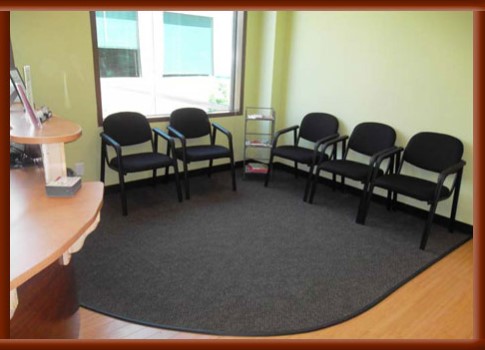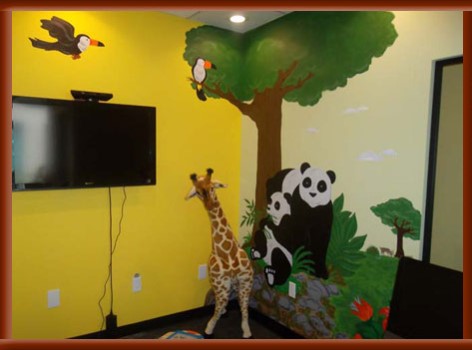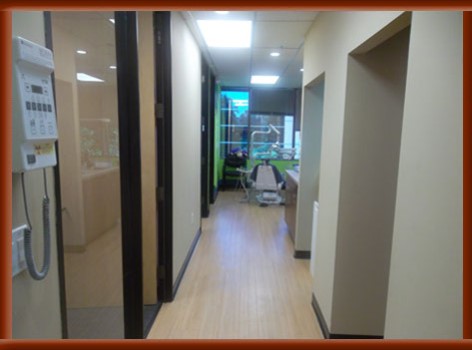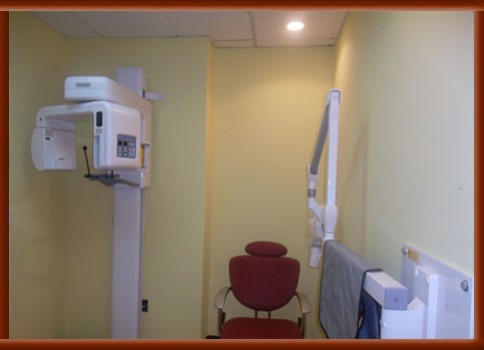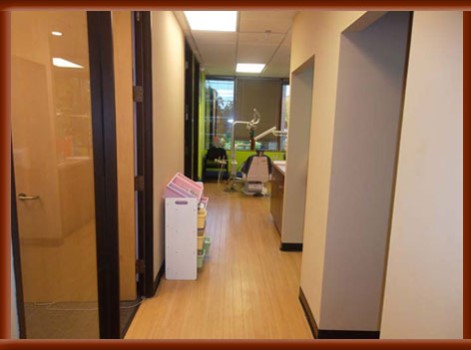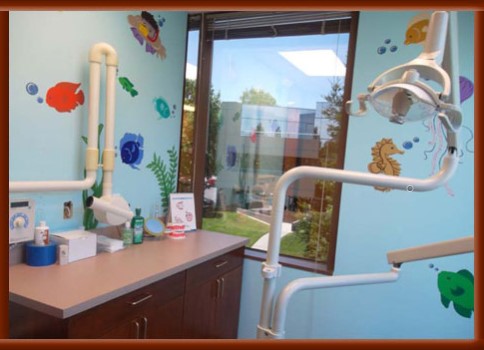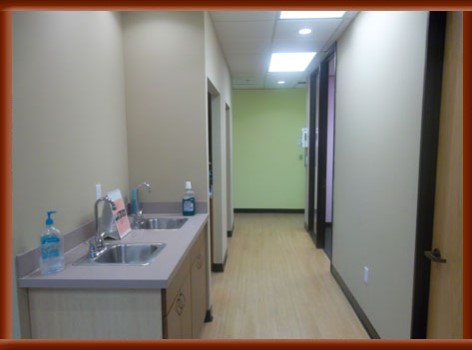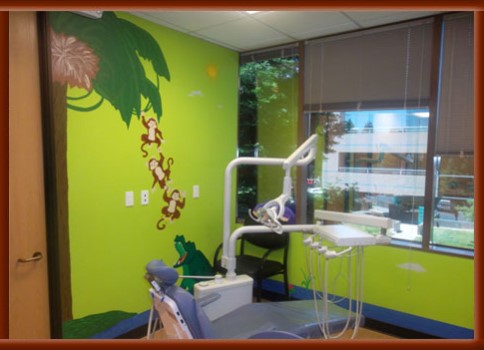
WELCOME TO OUR PRACTICE
Dr. Amit Goyal Pediatric Dentistry
Welcome to Dr. Amit Goyal Pediatric Dentistry in San Ramon, CA, and Livermore, CA, where we pride ourselves on creating a fun and relaxed family atmosphere for children's dental care. Our mission is simple yet significant: to be an integral part of the community, promoting oral health through education and prevention while fostering lasting relationships with both children and families alike.
Our children's dental offices in San Ramon, CA, and Livermore, CA, are designed to make your child feel comfortable and at ease, ensuring that their visit is an enjoyable experience. We understand that dental visits can be daunting for young ones, which is why we go above and beyond to cultivate a positive atmosphere filled with laughter and comfort. With the help of cutting-edge digital technologies, we strive to provide the best possible care while ensuring minimal discomfort for your little one. Additionally, if necessary or requested, we offer sedation dentistry options such as laughing gas to further alleviate any anxiety during procedures.
Prevention is key to maintaining optimal oral health, so we place great emphasis on services like dental sealants that protect vulnerable teeth from decay. Furthermore, our dedicated team educates children about proper oral hygiene techniques so they can continue practicing good habits at home between visits.
If you're looking for a pediatric dentist in San Ramon, CA, and Livermore, CA, who prioritizes your child's well-being above all else, don't hesitate to contact Dr. Amit Goyal Pediatric Dentistry today! We are accepting new patients in San Ramon, CA, and Livermore, CA,. Schedule an appointment with Dr. Goyal and his friendly team - we can't wait to meet you!
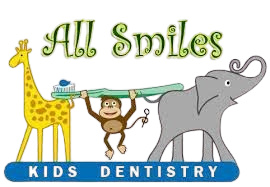
What Sets Us Apart?

Open On Saturdays
We understand the importance of convenience for our patients. So, we are thrilled to announce that we are open on Saturdays as well to make dental care accessible to everyone, regardless of their busy schedules.

Accept Many Insurances
We proudly accept many insurances. We understand the importance of affordable dental services for our patients, so we have partnered with various insurance providers to ensure maximum coverage and convenience.

20+ Years of Experience
Dr. Amit Goyal has over 20 years of dental experience. Our patients can feel confident knowing that they are receiving treatment from a seasoned practitioner who has seen it all and knows how to deliver optimal results.
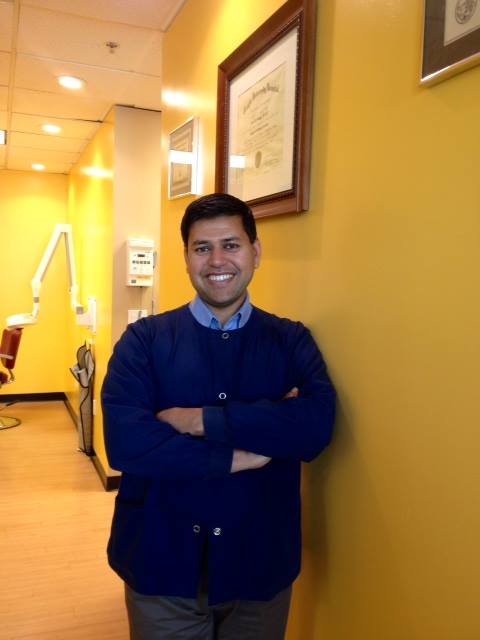
Dr. Amit Goyal
Pediatric DentistDr. Amit Goyal grew up in the East Bay and completed two additional years of specialty training in pediatric dentistry at Temple Children’s Hospital in Philadelphia. Dr. Goyal was accepted in specialty training in 2001 and completed it in 2003. While at the Children’s Hospital, his training was diverse and included orthodontics, special needs, hospital and sedation dentistry, and teaching.
Dr. Goyal was on staff at leading hospitals performing full oral rehabilitation and works with anesthesiologists in providing dental care for children. He is a member of the local Contra Costa Dental Society, the American Dental Association, and the American Academy of Pediatric Dentistry. Dr. Goyal enjoys tennis and basketball, volunteering, and traveling. He was a collegiate champion in tennis and has volunteered in India. As for traveling, he has visited Costa Rica, Hawaii, Europe, and Asia. Dr. Goyal is married and has three children.
Gallery
Insurance Information
We work with many PPO insurance providers like Aetna, Cigna, Delta Dental, Guardian, and more!




Reviews
Locations
- MON - SAT8:30 am - 5:30 pm
- SUNClosed
- MON - TUE9:00 am - 5:00 pm
- WEDClosed
- THU9:30 am - 5:00 pm
- FRI9:00 am - 5:00 pm
- SAT9:30 am - 5:00 pm
- SUNClosed
